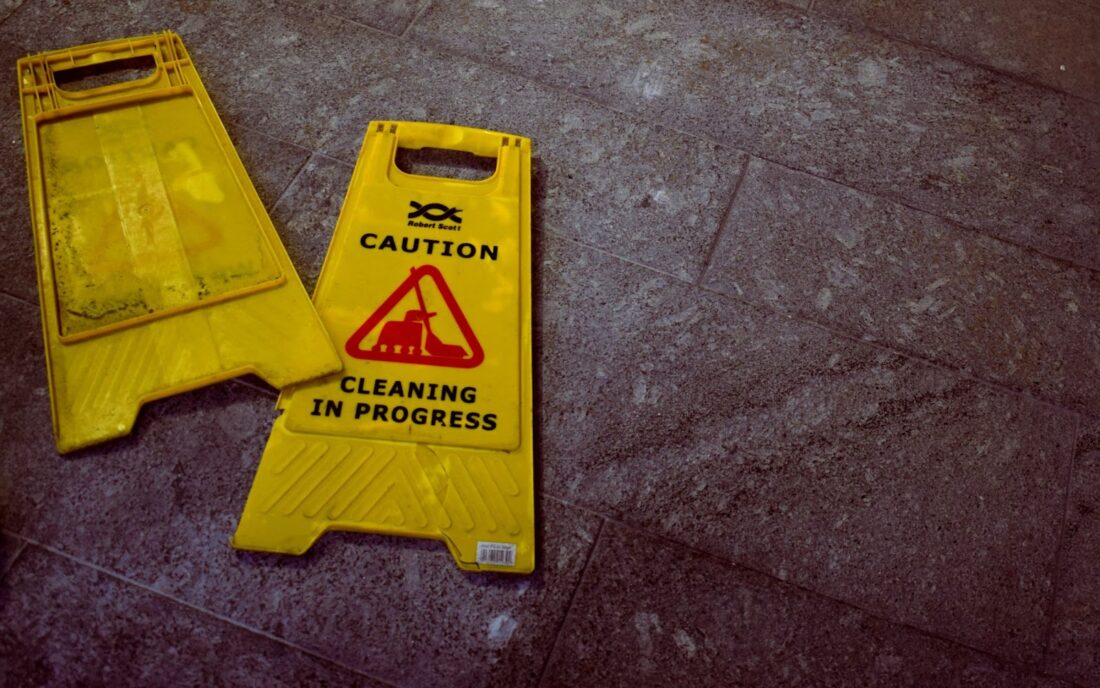
Working at heights is a common requirement across various industries, yet it remains one of the leading causes of workplace accidents. Falls from height can result in serious injuries or fatalities, making proper training essential for ensuring worker safety.
This is why industries that involve working at elevated levels enforce strict safety measures, including mandatory Working at Heights Course training.
What Is Working at Heights Training?
Working at heights training equips workers with the knowledge and skills to perform tasks safely when working above ground level. It covers risk assessment, fall prevention strategies, proper use of safety equipment, and emergency procedures. Employers are legally required to provide adequate training to workers operating in environments where fall hazards exist.
Industries That Require Working at Heights Training
1. Construction
Construction is one of the most high-risk industries for working at heights. Workers frequently use scaffolding, ladders, and elevated work platforms to complete tasks on multi-story buildings, bridges, and other structures. Without proper training, the risk of falls increases significantly. Safety protocols, including harness use, guardrails, and fall arrest systems, are critical for protecting workers in this industry.
2. Mining
Mining operations often involve working at heights, whether on elevated platforms, conveyor systems, or underground shafts. The harsh environment and the presence of unstable surfaces make fall prevention a key concern. Workers must be trained in using fall protection equipment, recognizing potential hazards, and responding to emergencies in confined or elevated spaces.
3. Telecommunications
Telecommunications workers regularly climb towers and poles to install, repair, and maintain network infrastructure. Given the significant height of many communication towers, fall protection is essential. Training helps workers understand how to use climbing equipment, harnesses, and anchor points to minimize risks while working at high elevations.
4. Energy and Utilities
Industries like wind energy, power generation, and water utilities require employees to access tall structures such as wind turbines, transmission towers, and water tanks. Workers in these fields need specialized training to safely navigate ladders, platforms, and confined spaces. Given the additional risk of exposure to electrical hazards, training also includes emergency response procedures specific to the industry.
5. Warehousing and Logistics
While not as obvious as construction or telecommunications, warehouses and logistics centers also require working at heights training. Workers often operate scissor lifts, order pickers, and elevated storage systems. Falls from shelving units or equipment can be dangerous, making proper training essential for warehouse staff and forklift operators.
6. Emergency Services
Firefighters, rescue teams, and other emergency responders frequently work at heights during search and rescue operations, high-rise evacuations, and firefighting efforts. Their training not only covers fall prevention but also includes rope access techniques and emergency descent procedures to safely assist others in hazardous situations.
7. Roofing and Maintenance
Roofers, painters, and window cleaners work on elevated surfaces where fall hazards are common. Uneven surfaces, fragile roofing materials, and changing weather conditions increase the risks. Training ensures workers know how to secure themselves properly, use appropriate safety gear, and navigate hazardous areas while performing maintenance tasks.
8. Aviation
Aircraft maintenance workers often need to access high areas of planes, hangars, and airport facilities. Whether servicing an aircraft’s exterior or conducting inspections, proper fall prevention training ensures safety when working at significant heights. Scaffolding, harnesses, and elevated platforms are commonly used in this field.
Why Working at Heights Training Matters
Preventing Injuries and Fatalities
Falls from height are one of the leading causes of workplace accidents. Training equips workers with essential skills to recognize hazards, use fall protection equipment correctly, and implement safety procedures to prevent accidents.
Compliance With Safety Regulations
In many countries, occupational health and safety laws mandate working at heights training for employees in high-risk industries. Failure to comply can lead to legal penalties, fines, or worksite shutdowns. Employers must ensure their workforce is adequately trained to meet regulatory requirements.
AAT Training Hub operate scissor lift course to equip you with the skills and certification needed for safe and efficient aerial work.
Boosting Workplace Efficiency
Well-trained workers are more confident and efficient in handling tasks at height. Understanding proper safety procedures reduces downtime caused by accidents or compliance issues, allowing businesses to operate smoothly.
Creating a Safety-Conscious Culture
Organizations that prioritize working at heights training foster a culture of safety. When employees are aware of the risks and the best practices to mitigate them, they are more likely to follow protocols and look out for their colleagues, reducing overall workplace hazards.
Conclusion
Working at heights is an inherent part of many industries, from construction and mining to telecommunications and emergency services. Without proper training, workers are at significant risk of falls and injuries. Investing in working at heights training not only ensures compliance with safety regulations but also promotes a safer, more efficient workplace. Whether climbing a tower, maintaining a roof, or operating an elevated platform, proper training is a crucial step toward minimizing risks and protecting workers.



